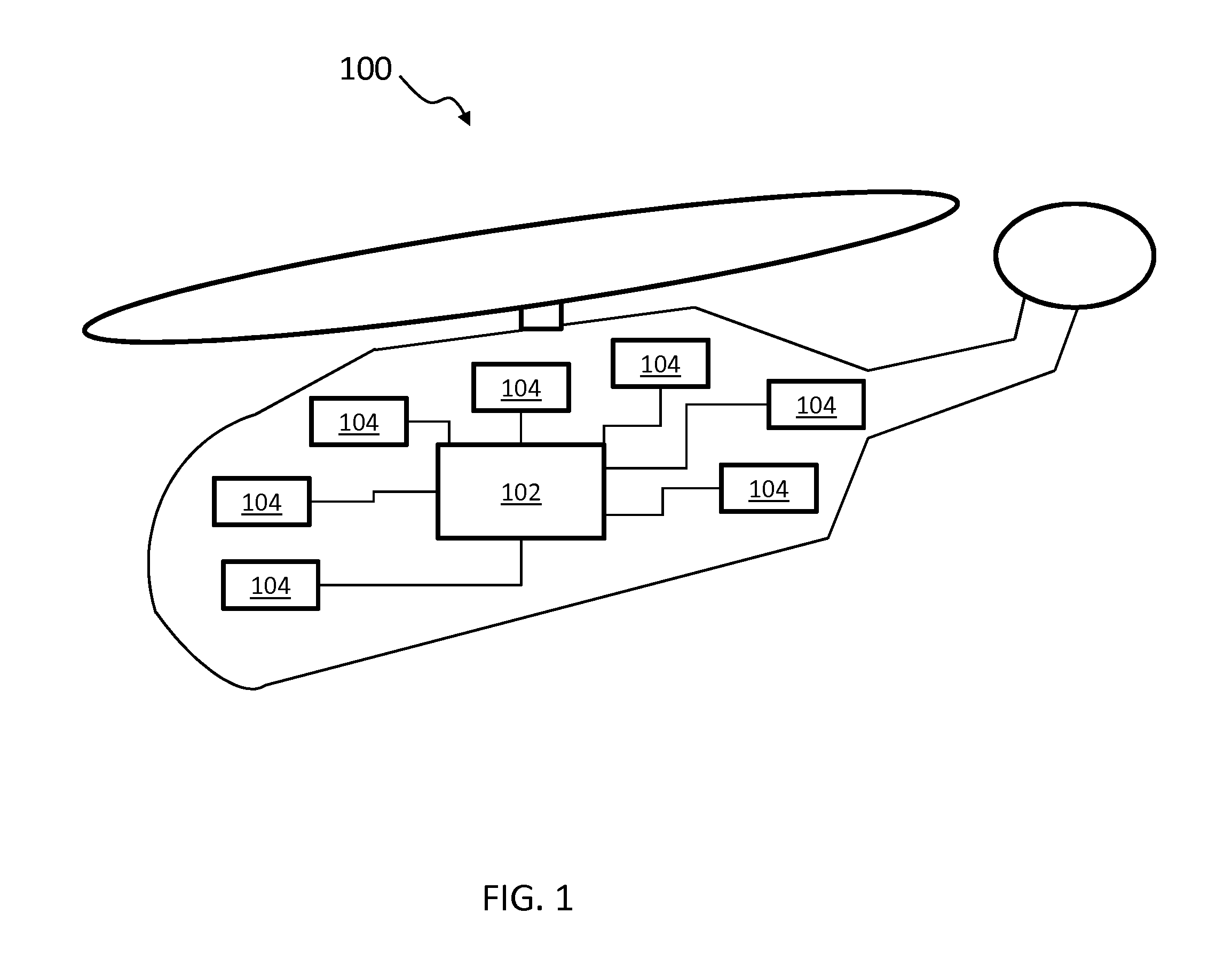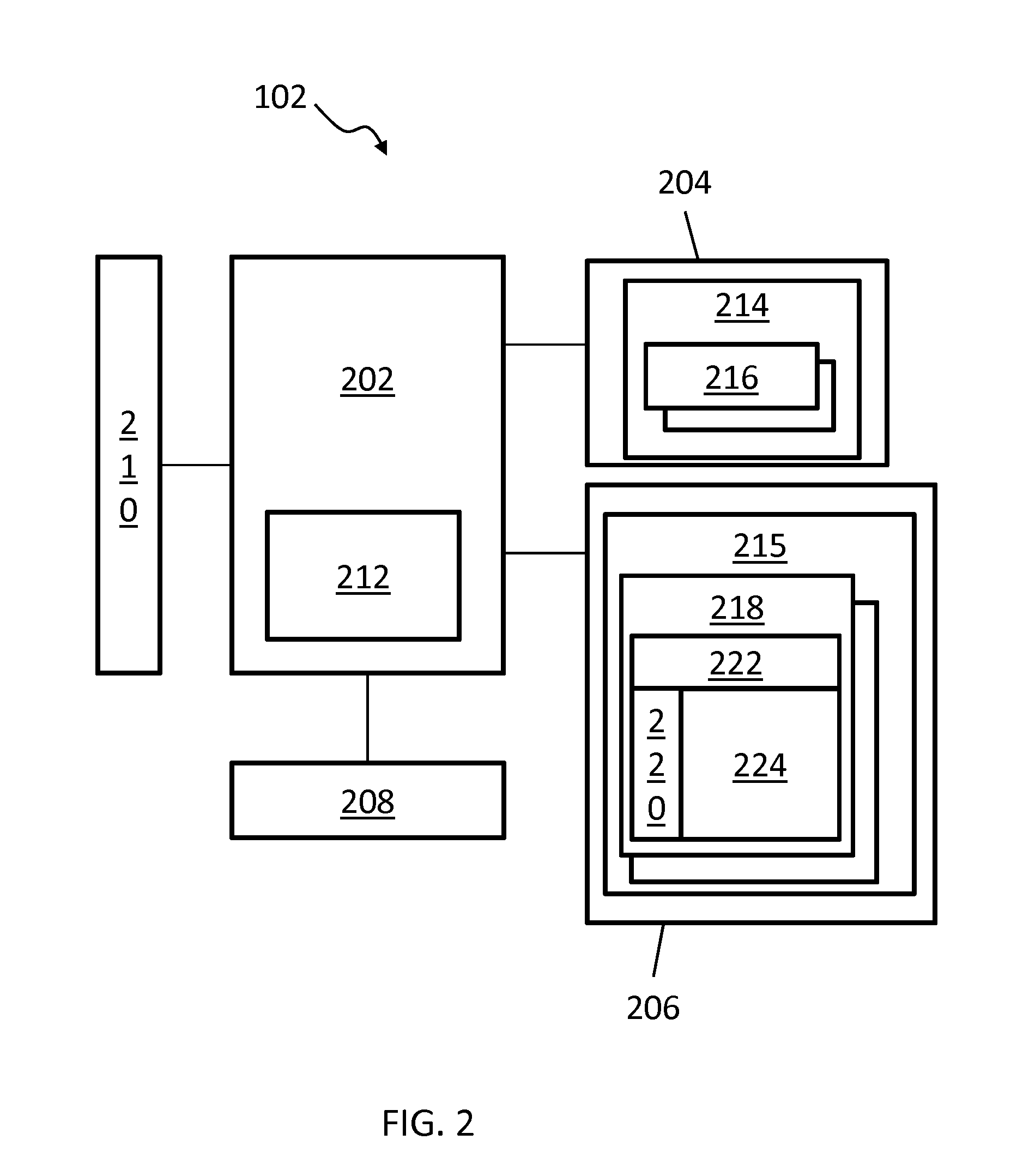Latency tolerant fault isolation
a technology of maintenance data system and fault isolation, applied in the field of maintenance data system latency tolerance, can solve problems such as sensor error, actuator fault, electrical connector issue,
- Summary
- Abstract
- Description
- Claims
- Application Information
AI Technical Summary
Benefits of technology
Problems solved by technology
Method used
Image
Examples
Embodiment Construction
[0014]In exemplary embodiments, a dependency model bigraph metadata model is used to identify relationships between evidence provided by monitored subsystems and potential system failure modes. The evidence may be provided by built-in tests which can run over a period of time. In order to diagnose a system failure mode as a fault, multiple pieces of evidence may be needed. Each piece of evidence may not arrive at the same time, as some failures are rapidly detected, while others have greater latency. Rather than simply looking at test results for other related failures upon identifying a failure, embodiments analyze an associated dependency matrix to determine a maximum predicted latency from the failure to additional evidence generation. A weighted bigraph can be traversed to allow all applicable latencies to elapse prior to a failure resolution decision. Once a sufficient period of time has elapsed for all potential evidence to be received, a maintenance decision can be made with ...
PUM
 Login to View More
Login to View More Abstract
Description
Claims
Application Information
 Login to View More
Login to View More - R&D
- Intellectual Property
- Life Sciences
- Materials
- Tech Scout
- Unparalleled Data Quality
- Higher Quality Content
- 60% Fewer Hallucinations
Browse by: Latest US Patents, China's latest patents, Technical Efficacy Thesaurus, Application Domain, Technology Topic, Popular Technical Reports.
© 2025 PatSnap. All rights reserved.Legal|Privacy policy|Modern Slavery Act Transparency Statement|Sitemap|About US| Contact US: help@patsnap.com



